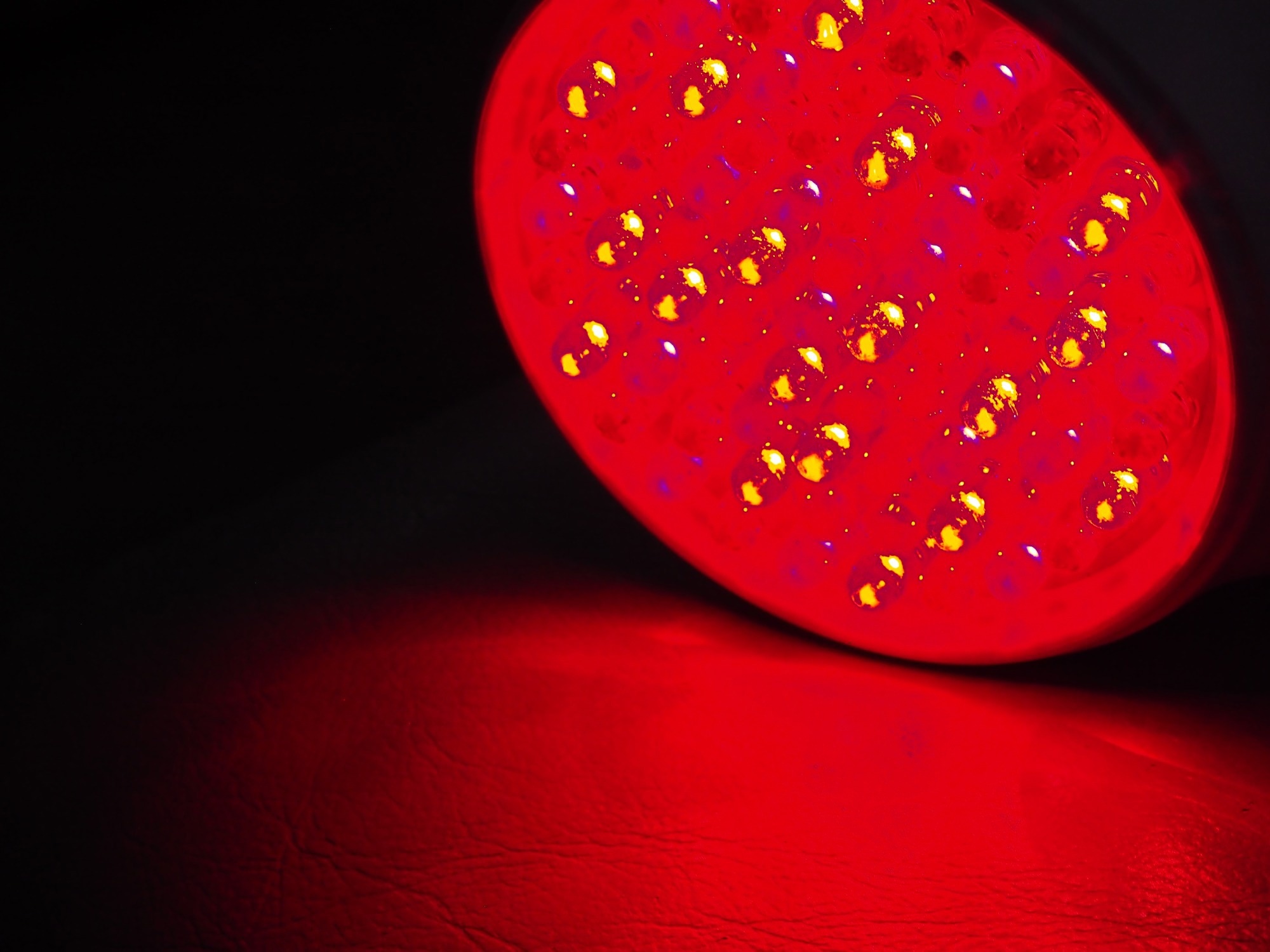In sectors where precision under pressure is non-negotiable, sensing technologies must exceed the limits of ordinary performance. Many of the current generation of infrared detectors and MEMS-based sensors falter once operating temperatures climb above 180 °C, resulting in design bottlenecks in high-heat applications.

Image Credit: Pamela Carpenter/Shuterstock.com
Dexter Research Center, Inc. has directly addressed this challenge with its ST60 High Temperature Detector. This thermopile solution has been specifically engineered to withstand continuous operation at 300 °C, a significant leap in thermal tolerance, offering an increased range of application possibilities and setting a new benchmark for the industry.
The Importance of High Temperature Capability
The majority of competitive detectors are limited to maximum operating temperatures of approximately 180 °C. This maximum temperature is sufficient for low-stress industrial processes or controlled laboratory environments, but a number of real-world applications expose sensors to much harsher conditions, including X-by-wire technologies, combustion systems, or environmental monitoring.1,2,3
Engineers may need to install active cooling assemblies and protective barriers or make sensor replacements in applications where a detector cannot tolerate its environment. However, these workarounds make systems more complicated and can incur additional costs and potentially compromise measurement accuracy and speed.
Dexter Research’s ST60 eliminates these limitations by enabling direct measurement up to 300 °C, allowing engineers to design more reliable, simple, and compact systems.
The ST60: MEMS Engineering for Harsh Environments
The ST60 MEMS-based thermopile has been carefully constructed to maintain stability under extreme thermal stress. Its compact TO-5 package design and advanced material choices allow it to outperform traditional detectors without impacting measurement integrity.
Key Design Features4
Suitable for high-temperature operation, including:
- 300 °C with a silicon (Si) window
- 225 °C with a performance-enhancing coated window
It is important to note that energy absorbers such as window coatings have inherent thermal limitations that cap reliable use at ~225 °C.
An optimized thermal path, including:
- A reduced cover height of 0.090" shortens thermal gradient potential and improves sensor response stabilization, even when working with steep temperature differentials.
An active area and junctions, with:
- Each element incorporates an active hot junction area of 0.37 mm2 with a total of 80 thermocouple junctions.
- A balance between strong signal strength and compact package dimensions.
Customizable package options, including:
- Tailorable package hole sizes in line with application requirements, including baseline performance specified for a Ø0.047" opening in the cap.
- The option for customers to optimize the field-of-view in line with their unique systems.
Internal Compensation, including:
- An optional compensating die offering additional gradient compensation helps to reduce errors from thermal imbalance.
Configurations and Options
While the ST60 platform is not a one-size-fits-all detector, it has been designed to offer enough flexibility to accommodate a diverse array of applications. Key features include:
ST60R Version
The ST60 platform incorporates a cost-effective polysilicon resistor (20 % tolerance) that can function as a PTC thermistor. This feature makes it an ideal instrument for engineers looking for integrated temperature monitoring.
Absorber-Enhanced Variant
A coated window option fitted with an energy-absorbing layer improves performance sensitivity at operating conditions up to 225 °C and offers limited exposure up to 300 °C.
Window Choices
Most coated windows limit sustained use to ~225 °C, but Dexter Research also offers best-in-class Si + DLC (diamond-like carbon) windows able to maintain stability at the full 300 °C threshold.
Real-World Advantages Over Competitors
The technical distinction between 180 °C maximum operation (competitor norm) and 300 °C maximum operation (Dexter Research ST60) is a distinct engineering edge, rather than a simple numerical upgrade. This temperature threshold offers a range of benefits, including:
Extended System Lifespan
Sensors are able to operate at higher temperatures, reduce wear, extend service intervals, and require the use of fewer protective assemblies.
Reduced System Complexity
Removing active cooling or extensive shielding requirements reduces weight, cost, and energy use. These reductions are particularly important in compact aerospace or automotive systems.
Enhanced Reliability
Representative, repeatable, and stable measurements are possible under direct operation under true process conditions, even in fluctuating environments.
Wider Application Reach
The ST60 enables monitoring where other detectors fail, from next-generation industrial ovens to high-efficiency gas turbines.
Applications: Where 300 °C Makes the Difference
The ST60 High Temperature Detector enables measurement and monitoring across industries routinely working with elevated operating environments. These include:
- Automotive exhaust systems, including direct measurement of after-treatment systems and hot gases with no cooling delays.
- Combustion monitoring, including the accurate analysis of turbines, burners, and furnaces at actual operating temperatures.
- Industrial process control without special thermal shielding, including direct integration into kilns, ovens, and reactors.
- Harsh-environment R&D, including research into advanced materials and energy systems that rely on detector survivability.
Conclusion: A New Standard in High-Temperature Detection
The Dexter Research ST60 High Temperature Detector redefines what is possible for thermopile sensors by offering a 300 °C operating threshold, high-performing MEMS construction, and customizable package options.
Those of competitors remain limited to 180 °C, requiring engineers to continually work around hardware weaknesses.
Dexter Research has designed a solution to thrive where others falter, delivering uncompromised measurement performance in the most extreme environments. Not only does the ST60 expand the range of feasible measurement applications, but it also lowers system costs, enhances reliability, and accelerates innovation across industries.
Dexter Research is at the forefront of performance at the highest temperatures.
References and Further Reading
- Ghosh, A., et al. (2019). High-Temperature Gas Sensors for Harsh Environment Applications: A Review. CLEAN – Soil, Air, Water, 47(8), p.1800491. https://doi.org/10.1002/clen.201800491.
- Fine, G.F., et al. (2010). Metal Oxide Semi-Conductor Gas Sensors in Environmental Monitoring. Sensors, (online) 10(6), pp.5469–5502. https://doi.org/10.3390/s100605469.
- Johnson, R.W., et al. (2004). The Changing Automotive Environment: High-Temperature Electronics. IEEE Transactions on Electronics Packaging Manufacturing, 27(3), pp.164–176. https://doi.org/10.1109/tepm.2004.843109.
- Dexter Research Center. (2019). ST60 High Temperature | Dexter Research Center. (online) Available at: https://dexterresearch.com/product-finder/st60-high-temperature/.

This information has been sourced, reviewed, and adapted from materials provided by Dexter Research Center, Inc.
Please visit Dexter Research Center Inc. for more information on this source.